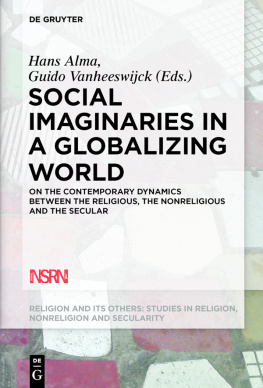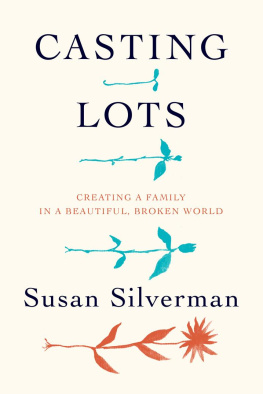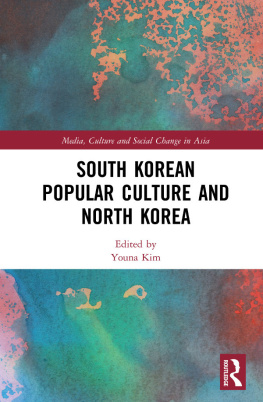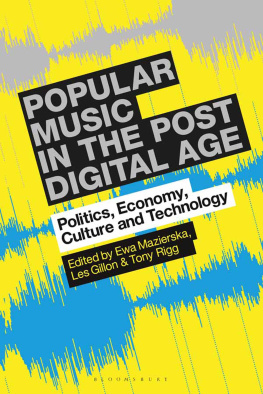CONCENTRATIONARY MEMORIES
Concentrationary Memories rests on a provocative, carefully theorized consideration of the nature of the concentrationary universe, extending and reframing terms and ideas introduced by Hannah Arendt, on the one hand, and lesser known but significant figures in the French context such as David Rousset, Robert Antelme and Jean Cayrol. As its editors note, the first word of their title is unfamiliar in English, and this is perhaps a sign of the need for renewed and close attention to the phenomenon named by the French writer Rousset in 1946. The volume answers this need with care and a justly high level of critical vigilance. Without deflecting the importance attached to the term holocaust and to the issues and concerns of the racial genocides of the twentieth-century, the volume shifts attention towards the politics of deportation and internment, and pursues vital questions about the adequacy and nature of aesthetic responses, questions which bear upon the nature and concept of representation. A crucial emphasis of the volume is on the permanent presence of the concentrationary, since its inception; the volume thus includes powerful and essential analyses of the phenomenon across examples in literature, film and photography since the liberation of the camps, and in varying global contexts. The 11 essays in the volume are supported by an extensive introduction by the editors, a contribution in its own right to ongoing debates about politics and representation, and the politics of representation. Given this focus, the meticulous attention to the presentation of the substantial number of images which feature in the volume is unsurprising, and deserves special recognition. This is a unique project, insofar as it breaks new ground in the establishment of a new object of enquiry and research, and goes some way into the exploration of this territory. The volume makes a substantial contribution to research on the legacies of the political evils of the last century and will be essential reading for anyone concerned with it and by it. The book makes a clear case that this includes all of us.
Patrick ffrench, Kings College London
Published in 2014 by I.B.Tauris & Co Ltd
6 Salem Road, London W2 4BU
175 Fifth Avenue, New York, NY 10010
www.ibtauris.com
Distributed the United States of America and Canada Exclusively by Palgrave Macmillan
175 Fifth Avenue, New York, NY 10010
Copyright selection and editorial matter 2014 Griselda Pollock and Max Silverman
Copyright individual chapters 2014 Nicholas Chare, Isabelle de le Court, Thomas Elsaesser, Benjamin Hannavy Cousen, Matthew John, Claire Launchbury, Sylvie Lindeperg, Laura Malosetti Costa, Griselda Pollock, Max Silverman, Glenn Sujo, Annette Wieviorka, John Wolfe Ackerman
The right of Griselda Pollock and Max Silverman to be identified as the editors of this work has been asserted by them in accordance with the Copyright, Designs and Patents Act 1988.
All rights reserved. Except for brief quotations in a review, this book, or any part thereof, may not be reproduced, stored in, or introduced into a retrieval system, or transmitted, in any form, or by any means, electronic, mechanical, photocopying, recording or otherwise, without the prior permission of the publisher.
ISBN: 978 1 78076 896 0
A full CIP record for this book is available from the British Library
A full CIP record for this book is available from the Library of Congress
Library of Congress Catalog Number: available
LIST OF ILLUSTRATIONS
Chapter 2: Migration and Motif
Het Mesje (Anna Maria [Settela] Steinbach in a train from Westerbork transit camp to Auschwitz), photograph. Credit: Chronos. Courtesy Yad Vashem Photoarchive, Jerusalem.
Chapter 3: The Two Stages of the Eichmann Trial
from video recording of the Trial of Adolf Eichmann reproduced with permission from Israeli Government Archives and the Estate of L. Hurwitz.
Chapter 4: Brushing the Film against the Grain
Bernard seen through a kaleidoscope by Marie-do from Muriel ou le temps dun retour (Alain Resnais, 1963, Argos Films).
Hurried Spectatorship: just 37 seconds separate shots 1 and 25 in the opening to the film from Muriel ou le temps dun retour (Alain Resnais, 1963, Argos Films).
The first photographic image to punctuate the film from Muriel ou le temps dun retour (Alain Resnais, 1963, Argos Films).
The photographs found during Alphonses search from Muriel ou le temps dun retour (Alain Resnais, 1963, Argos Films).
Figures located at the edge of the frame from Muriel ou le temps dun retour (Alain Resnais, 1963, Argos Films).
Rotating the image from Muriel ou le temps dun retour (Alain Resnais, 1963, Argos Films).
The unexplained figure concealed in the grain of the image from Muriel ou le temps dun retour (Alain Resnais, 1963, Argos Films).
Close-up: the attention to the cigarette in the opening sequence from Muriel ou le temps dun retour (Alain Resnais, 1963, Argos Films).
Chapter 6: A New Visual Structure for the Unthinkable
Lee Miller, Prisoners Scavenge on the Camp Rubbish Dump, Dachau,Germany, 1945, photograph. Lee Miller Archives, England 2011.
All rights reserved www.leemiller.co.uk.
.
.
Lee Miller, Dead SS Guard floating in the canal beside camp, Dachau,Germany 1945, photograph. Lee Miller Archives, England 2011.
All rights reserved www.leemiller.co.uk.
.
Lee Miller, Brgermeister of Leipzigs Daughter Suicided, Leipzig,Germany, 1945, photograph. Lee Miller Archives, England 2011.
All rights reserved www.leemiller.co.uk.
Chapter 7:Muselmann
Henri Christiaan Pieck (18951972), Behind the Wire, 1945, charcoal, pastel and ink, dimensions unknown, National Oorlogs en Verzetsmuseum, Netherlands.
Hellmut Bachrach-Bare (18981964), Womens Camp (FrauenK.Z.), c.1945, pencil on paper, 180 214mm, Yad Vashem Art Museum, Jerusalem.
Yehuda Bacon (b.1929), Muselmann, 1946, ink and gouache on buff paper, 300 218mm, Beit Lohamei Israel Haghetaot.
Lon Delarbre (18891974), Le Lendemain de la Libration: trop tard! (The morning after Liberation: too late!) Bergen-Belsen, 1945, pencil and black chalk, 260 280mm, Muse de la rsistance et de la dportation de Besanon.
Yehuda Bacon (b.1929), Muselmann and the Angel of Death, 1948/49, wood-engraving, 100 75mm, Yad Vashem Art Museum, Jerusalem.
Yehuda Bacon, Study for Muselmann, 1948, pencil, ink and wash, heightened with white tempera on buff paper, 151 102mm. Yehuda Bacon 2013.
Jakob Steinhardt (18871968), Illustration for the Book of YehoshuaEliezer ben Sirah (Plate I) 1929, woodcut and letterpress, 280 195mm, Private Collection, London.
Yehuda Bacon, Muselmann, winter, 194849, oil on board, 495 315mm, Yad Vashem Art Museum, Jerusalem.








![David Schmid (editor) - Violence in American Popular Culture [2 volumes]](/uploads/posts/book/262757/thumbs/david-schmid-editor-violence-in-american.jpg)
